2. Dual Language Learning POLL Strategies
- Sandi Meschoulam M.Ed

- Jun 8, 2020
- 2 min read
Updated: Jun 8, 2020

The Personalized Oral Language Learning Strategies are outlined in the Article: Teaching Young Children / December/January 2019 / Many Languages, One Classroom: Supporting Children in Superdiverse Settings
CAROLA OLIVA-OLSON, LINDA M. ESPINOSA, WHIT HAYSLIP, ELIZABETH S. MAGRUDER
These strategies are the first step in helping children understand language and literacy in both their home language AND a second language. To use these techniques, it is important to first know your families and the cultures of their extended family. Parents are so eager to help their child be successful in the future that they sometimes lose sight of the value of their rich heritage and the connection to grandparents, aunts, uncles and cousins.
We can show the respect that is deserved for every culture, language, and ethnicity by representing the children and their families in our classroom environment. I especially love to provide cultural artifacts that include cleaning tools and artisanal designs. Baskets, containers, and cloths can be used in all areas and not limited to dramatic play. Even if you don't have a collection of beautiful materials, you can still provide pictures and words that represent every child in your group.

Once you have set the stage of a calm beautiful culturally diverse classroom, then you can plan learning possibilities around literacy. Spoken and written words are the foundation of our languages. Understanding language is the most important first step in the early relationships. We are helping children think!
If you have books in the home language and English, then you first read them in the language the child already understands, and encourage thoughtful replies from the children. When you move to the same book in the second language, the child will already know what they think about it and be able to respond, even though they might not know exactly what you are saying.


When you scaffold the child's ability to read, talk and think in their language, you open the door for more critical thinking in the second language. This process goes both ways. Spanish is a second language for the English only speakers. They can be supported in the same way to learn their classmates' languages and be part of a true dual language immersion education.

In the files section of this web-site you can find the Intro to POLL folder. There is an example of POLL supports titled POLL one-pager EN taken from Espinosa, L. M. (2015). Getting it RIGHT for young children.
There is also an article titled, Story Book Reading for Young Dual Language Learners that provides details on how to use an interactive reading style that engages children and helps increase their confidence for participation and critical thinking skills.
In the Paired Books Folder there are pictures of books that are available in both English and Spanish. We will continue to add to this folder as we find new publications and more language editions.

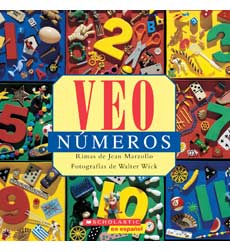

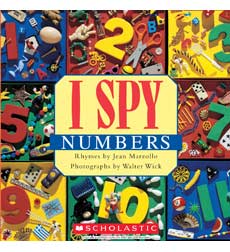



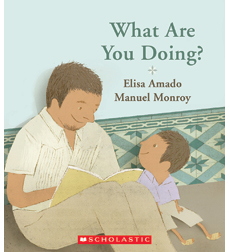

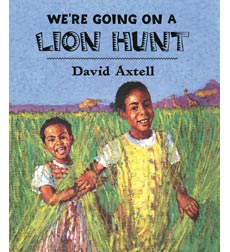

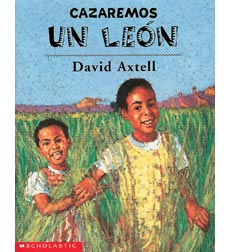

Comments